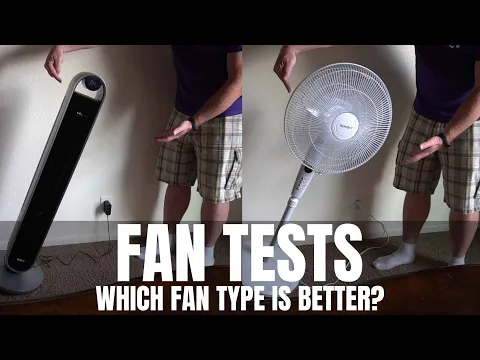A stand fan is a lightweight electric device used for propelling air around a room or area. A revolving blade component housed in a protective grille is usually supported by a vertical stand or pedestal. For individualized airflow direction, stand fans frequently have height and tilt angle adjustments. They offer a practical and cost-effective alternative for ventilation and cooling in houses, workplaces, and other indoor spaces.
Stand Fan Prices
Stand Fan prices vary depending on their brand and height. Its price ranges from ₱249.00 to ₱699.00.
| Details | Height | Prices |
| SYCAT | 15 inches | ₱385.00 |
| W&C | 16 inches | ₱459.00 |
| Jumbo | 16 inches | ₱484.00 |
| Imuto | 15 inches | ₱699.00 |
| OSQ | 10 inches | ₱249.00 |
| KJ | 7 inches | ₱379.50 |

Advantages of Stand Fan
Portability – Stand fans are fairly handy, so you can place them wherever you need focused airflow or cooling—unlike ceiling fans or air conditioners that are bulky.
Versatility – Stand fans frequently have height and tilt angle adjustments, giving you the freedom to move the fan to accommodate varied room layouts or control airflow to particular regions.
Energy Efficiency – Stand fans are an affordable way to keep comfortable indoor temperatures without having a big influence on power bills because they use less energy than air conditioners.
Fast Installation – Connecting in a power outlet is usually all that is needed to quickly set up and place stand fans. They are a practical answer for last-minute cooling requirements because of how simple they are to install.
Disadvantages of Stand Fan
Limited Cooling Capacity – While stand fans might offer targeted cooling, they can not be as efficient as air conditioners, especially in bigger buildings or in high temperatures.
Space Requirement – Stand fans need a flat surface on the floor, which could be an issue in cramped spaces or smaller rooms. Furthermore, if the footprint is not placed cautiously, it may impede passageways or furniture arrangement.
Dependence on Electricity – Stand fans may not be functional amid interruptions in power unless they’re equipped with a backup power source, such as a generator or battery. This can happen since stand fans are dependent on electricity to function.
Video about Stand Fan
FAQs
What distinguishes a stand fan from other kinds of fans?
The height-adjusting stand of a stand fan, sometimes referred to as a pedestal fan, allows it to be positioned on the ground or raised to accommodate various needs. Generally speaking, its oscillation range is larger than that of tower or table fans.
What advantages come with utilizing a stand fan?
Stand fans ensure effective cooling in big places with their strong airflow, wide oscillation angles, and height-adjustable feature for individual convenience. Furthermore, they are lightweight and simple to transport from room to room.
How is my stand fan built together?
While brand and model-specific assembly directions differ, they usually entail fastening the fan blades to the motor housing, joining the stand to the base, and fastening the fan head to the stand. For thorough directions tailored to your fan, consult the user handbook.
Is it possible to change the stand fan’s speed?
Yes, most stand fans have several speed options that let you change the airflow to suit your needs and preferences. Typically, a remote control or buttons are used to adjust these options.
Do stand fans make noise?
The build quality and layout of the fan affect the noise level. But in broad terms, particularly when running at slower speeds, stand fans are quieter than other kinds of fans. If noise is an issue, seek models with sound-reduction features.


